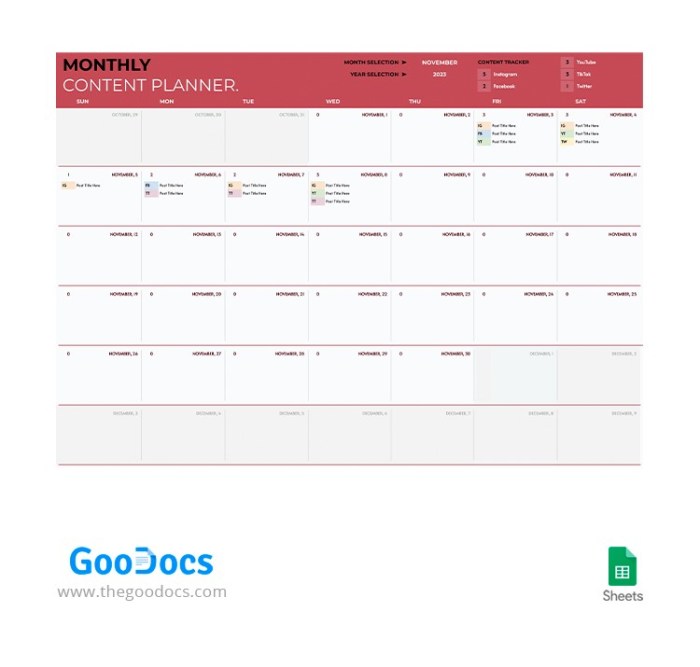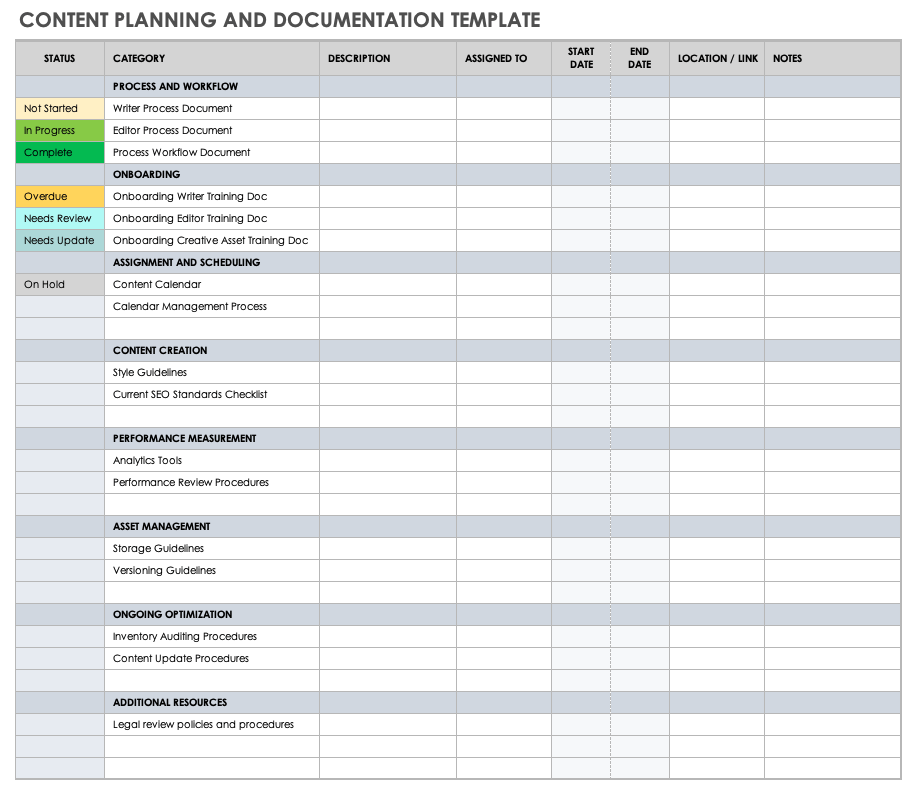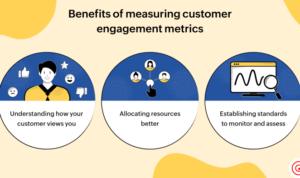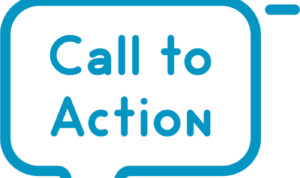Creating Monthly Content Plans dives into the essential steps for crafting engaging content, perfect for businesses looking to boost their online presence. From research to goal-setting, this guide has got you covered.
Learn how to create a content calendar, choose the right content types, and maximize reach by repurposing content across platforms. Let’s get started!
Research and Planning
Research and planning are crucial steps in creating a successful monthly content plan. By conducting thorough research, you can stay updated on industry trends, understand your target audience better, and craft content that resonates with them.
Tools and Methods for Researching Trending Topics
When it comes to researching trending topics in your industry, there are several tools and methods you can use. Google Trends is a valuable tool that allows you to see what topics are currently popular and how they have evolved over time. Social media platforms like Twitter and Facebook also provide insights into trending conversations and hashtags. Additionally, industry-specific forums, blogs, and publications can help you stay informed about the latest trends and developments in your niche.
Identifying Target Audience Preferences
To identify your target audience’s preferences and interests, you can conduct surveys, interviews, or focus groups to gather valuable feedback. Analyzing website analytics and social media insights can also provide valuable data on your audience’s demographics, behaviors, and interests. By understanding what resonates with your target audience, you can tailor your content to meet their needs and preferences effectively.
Setting Goals and Objectives

Setting goals and objectives is a crucial step in creating a successful monthly content plan. By following the SMART criteria, you can ensure that your goals are specific, measurable, achievable, relevant, and time-bound.
Setting SMART Goals
- Specific: Clearly define what you want to achieve with your content. For example, increasing website traffic by 20%.
- Measurable: Establish metrics to track the progress towards your goal, such as page views or engagement rates.
- Achievable: Make sure your goals are realistic and within reach based on your resources and capabilities.
- Relevant: Ensure that your goals align with your overall content strategy and contribute to your business objectives.
- Time-bound: Set a deadline for achieving your goals to create a sense of urgency and accountability.
Defining Objectives for Measurement
Setting specific objectives helps you evaluate the success of your content plan. Objectives should be tied to key performance indicators (KPIs) and provide a clear benchmark for measuring progress.
Aligning Content Goals with Business Goals
- It is essential to align your content goals with your overall business objectives to ensure that your efforts contribute to the growth and success of the company.
- By setting content goals that directly support business goals, you can create a more cohesive and strategic approach to your marketing efforts.
- Regularly reviewing and adjusting your content plan based on the alignment with business goals can lead to more impactful and meaningful results.
Content Calendar Creation
Creating a detailed content calendar for a month involves several key steps to ensure a well-organized and strategic approach to content planning.
Organizing Content
To effectively organize content based on themes or categories in the calendar, consider the following tips:
- Start by defining your content themes or categories based on your overall content strategy and objectives.
- Allocate specific days or weeks for each theme or category to ensure a balanced and diverse content mix.
- Use color-coding or labels to visually differentiate between different themes or categories in the calendar.
- Ensure that each piece of content aligns with the designated theme or category to maintain consistency and relevance.
- Regularly review and adjust your content calendar based on performance metrics and audience feedback to optimize content effectiveness.
Benefits of Using Tools
Utilizing tools or software to manage and schedule content offers several benefits, including:
- Efficient content planning and scheduling, saving time and ensuring consistent delivery.
- Centralized platform for collaboration and communication among team members involved in content creation and publishing.
- Automated publishing and distribution of content across various channels, streamlining the process and maximizing reach.
- Analytics and reporting features to track content performance and measure the impact of your content strategy.
- Integration with other marketing tools and platforms for seamless workflow and data sharing.
Content Types and Formats: Creating Monthly Content Plans

In the realm of creating monthly content plans, it’s crucial to diversify the types and formats of content to keep your audience engaged and interested. By incorporating a mix of blog posts, videos, infographics, and other content types, you can cater to different preferences and reach a wider range of audience segments.
Different Types of Content
- Blog Posts: These are great for in-depth exploration of topics and can help establish your brand as an authority in your niche.
- Videos: Engaging and easily shareable, videos can help convey complex information in a more digestible format.
- Infographics: Visual representations of data and information that are eye-catching and easy to consume, making them ideal for social media sharing.
Engaging Different Audience Segments, Creating Monthly Content Plans
- Consider the preferences of different audience segments when choosing content types. For example, younger audiences might prefer video content, while older audiences might lean towards blog posts.
- By diversifying your content formats, you can appeal to a broader range of individuals with varying learning styles and preferences.
Repurposing Content for Maximum Reach
- Repurpose your content across different platforms to maximize its reach. For example, you can turn a blog post into a video or create multiple social media posts based on the same topic.
- Adapt your content to suit the specific requirements of each platform, ensuring that it resonates with the audience on that particular channel.





